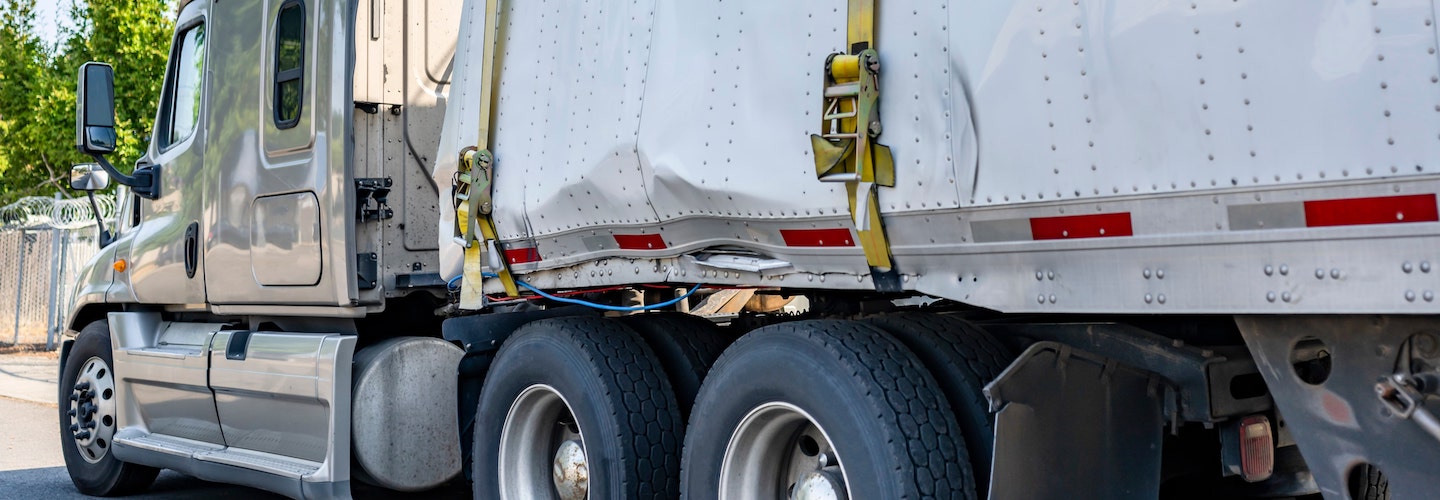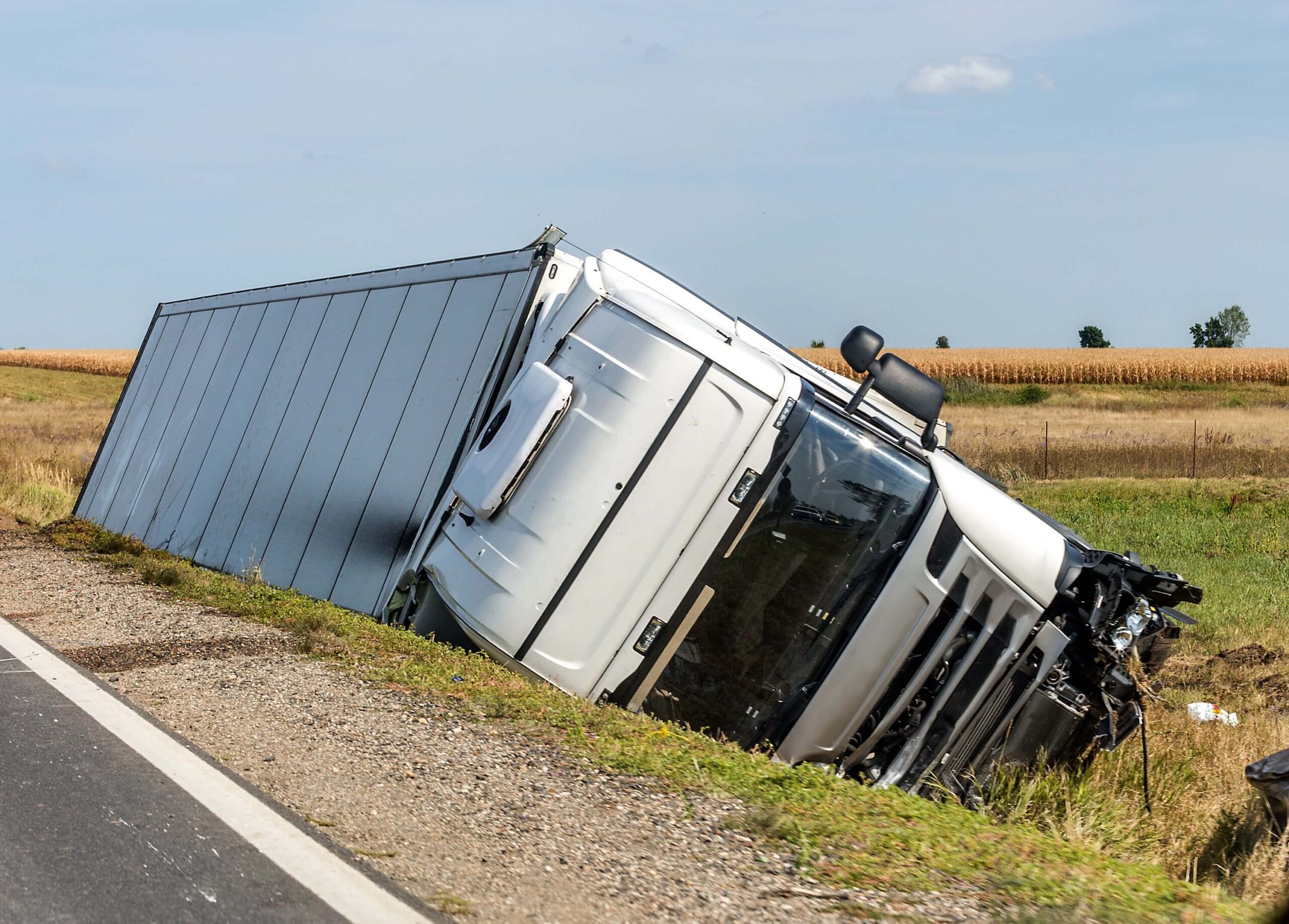Perhaps you use a portion of I-75 every day during the week to drive to and from your office, and you share the freeway with 18-wheelers.
Some big rigs carry overloaded cargo, which could cause a serious collision. An overloaded truck is hard to spot unless you are aware of certain clues.
About overloading
Despite the many state and federal regulations with which trucking companies and their drivers must comply, the practice of overloading still occurs in violation of those regulations. In fact, it is among the major reasons for truck-related crashes.
How a crash can happen
Overloaded cargo can easily shift, causing the truck to be off balance. As a result, the driver will have trouble controlling the vehicle. It can drift out of its lane and sideswipe another vehicle. It can roll over when rounding a curve and cause a devastating collision. Overloading increases stopping time, something the driver may not realize until it is too late. He or she may not take into account the additional speed the truck will pick up when traveling down an incline, and a rear-end collision at the bottom of the hill could result in disaster.
Look for clues
It is not easy to identify a big rig that may have overloaded cargo. However, if you are observant, you could see a couple of clues. Look for worn tires, for example, as heavy loads cause tires to run hotter and wear out faster, and keep your distance from a truck that seems to have trouble staying in its lane.
Large trucks versus small cars
You see many trucks on I-75 and most of the drivers are conscientious and trustworthy. They know that because of its massive size and weight, a large commercial truck is a danger to smaller vehicles—in a crash, the victim could suffer life-changing consequences, such as a traumatic brain injury or spinal cord injury. In a truck-car accident, various parties may share liability, and fair compensation for the injured motorist should be sufficient to cover both current and future medical expenses and more.













